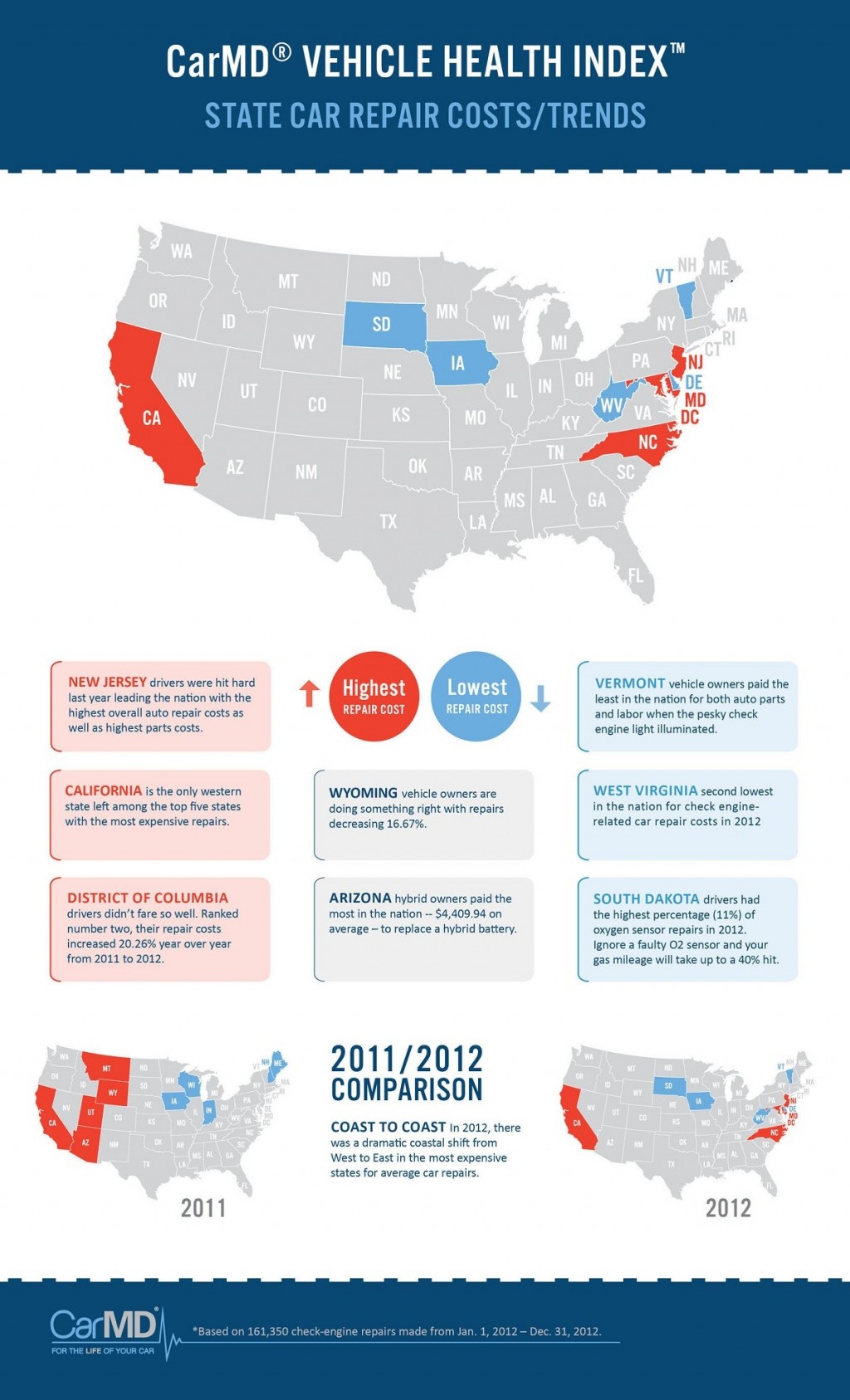Interpreting Your Vehicle'S Alert Lighting: Their True Effects
Interpreting Your Vehicle'S Alert Lighting: Their True Effects
Blog Article
Material Develop By-Vinson Dalgaard
When you're behind the wheel, those radiant warning lights on your dashboard can be a little bit bewildering. Do you recognize what they're attempting to inform you concerning your vehicle's health and wellness? Understanding the relevance of these lights is essential for your security and the long life of your vehicle. So, the next time one of those lights pops up, would not you intend to decode its message properly and take the needed actions to address it?
Common Warning Lighting and Interpretations
Determine usual warning lights in your car and understand their definitions to ensure risk-free driving.
The most regular caution lights consist of the check engine light, which indicates concerns with the engine or emissions system. If this light begins, it's critical to have your automobile examined without delay.
The oil pressure warning light suggests reduced oil stress, requiring immediate attention to prevent engine damages.
A blinking battery light might recommend a faulty charging system, potentially leaving you stranded otherwise resolved.
https://remingtonysnha.blogpixi.com/30543503/keen-to-reveal-just-how-automation-and-robotics-are-improving-the-automobile-detailing-landscape (TPMS) light notifies you to reduced tire pressure, impacting lorry security and gas efficiency. Neglecting this can result in unsafe driving conditions.
Highly recommended Website indicates a problem with the anti-lock stopping system, jeopardizing your capability to quit rapidly in emergency situations.
Lastly, the coolant temperature advising light warns of engine overheating, which can lead to severe damage otherwise dealt with promptly.
Understanding these typical warning lights will assist you resolve concerns without delay and maintain secure driving conditions.
Relevance of Prompt Focus
Understanding the usual warning lights in your cars and truck is only the primary step; the importance of promptly dealing with these cautions can't be highlighted sufficient to ensure your safety and security when driving.
When a warning light brightens on your control panel, it's your auto's means of connecting a possible problem that requires focus. Ignoring these warnings can cause extra severe problems in the future, compromising your safety and potentially costing you much more out of commission.
Trigger attention to warning lights can stop failures and mishaps. For instance, a blinking check engine light could show a misfire that, if left neglected, might trigger damages to the catalytic converter. Addressing this quickly can save you from a pricey repair work.
In a similar way, a brake system warning light may signal reduced brake fluid or used brake pads, essential parts for your safety when driving.
Do It Yourself Troubleshooting Tips
If you discover a warning light on your control panel, there are a few do it yourself fixing suggestions you can try prior to seeking specialist help.
The very first step is to consult your auto's manual to understand what the specific warning light shows. In some cases the issue can be as simple as a loose gas cap causing the check engine light. Tightening up the gas cap might solve the issue.
An additional common problem is a low battery, which can trigger various advising lights. Inspecting the battery connections for deterioration and ensuring they're secure may fix the issue.
If a caution light continues, you can attempt resetting it by separating the vehicle's battery for a few minutes and afterwards reconnecting it. In addition, inspecting your car's fluid degrees, such as oil, coolant, and brake fluid, can aid repair warning lights connected to these systems.
https://ecu-remapping40500.bloggactif.com/31127140/finding-the-hidden-treasures-of-a-luxury-automobile-repair-shop-experience , comprehending your auto's caution lights is necessary for maintaining your car running smoothly and securely. By immediately dealing with these informs and understanding what they indicate, you can stay clear of pricey repair work and potential breakdowns.
Remember to consult your car's manual for certain details on each cautioning light and take action accordingly to ensure a trouble-free driving experience.
Stay informed, remain secure on the road!
